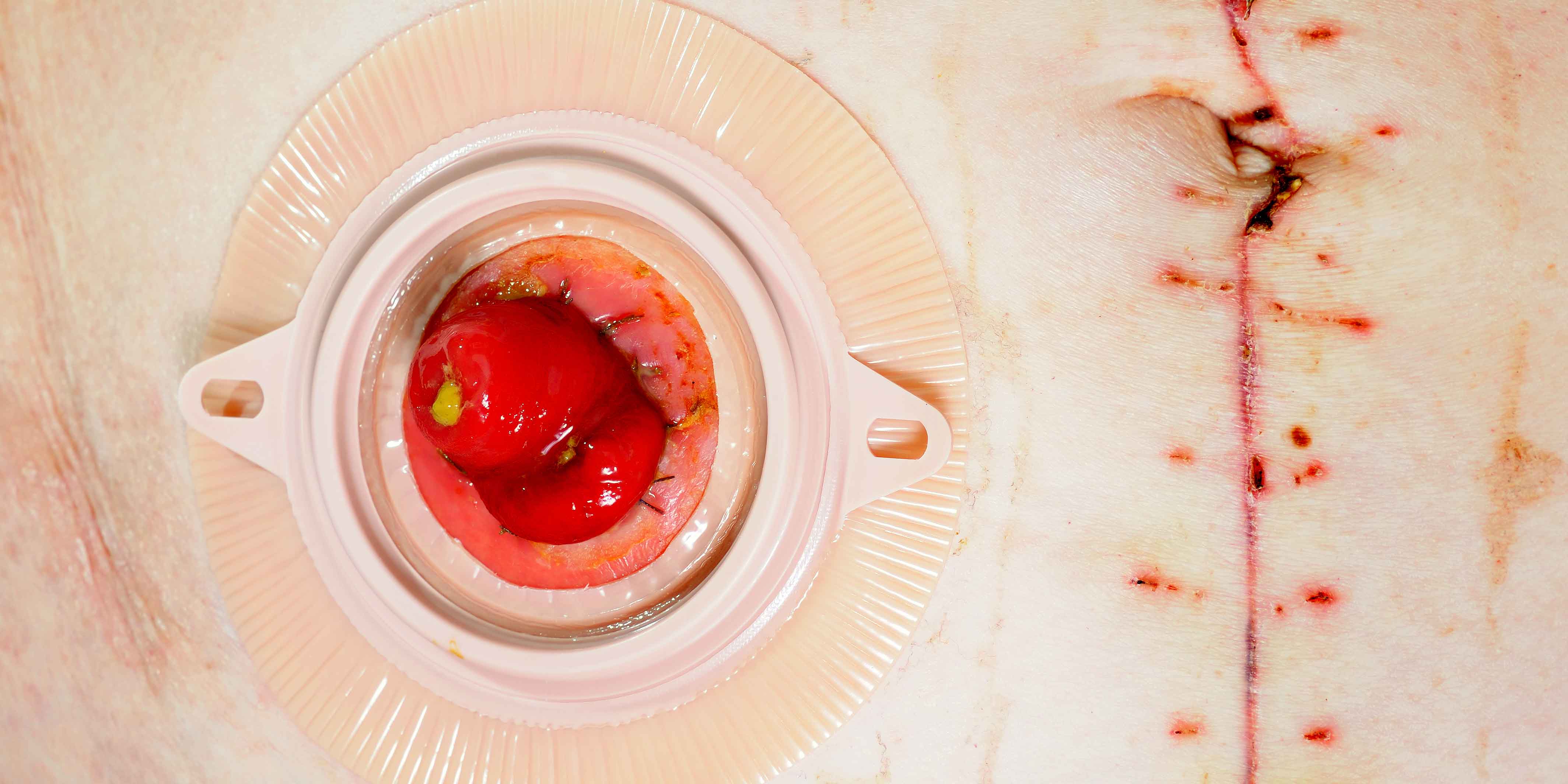Wild on Wounds speaker Anita Prinz, RN, MSN, CWOCN, shared pointers in September at our national conference on colostomy irrigation as a life-changing ostomy management alternative to pouching.
One of the most important and rewarding aspects of working with ostomy patients is helping them adapt to life with a stoma.
A supportive and caring healthcare provider can make all the difference, educating patients on the best ostomy management practices for their schedule and lifestyle.
Colostomy irrigation option
For select patients with a descending or sigmoid colostomy, irrigation offers an attractive alternative to using a pouching system. The procedure involves introducing water into the stoma, cleansing the lower large bowel or colon.
By causing effluent to pass only when the instillation of water stimulates the colon, the procedure can eliminate the patient’s need to wear standard appliances.
In between colostomy irrigation sessions — typically a period of 24 to 48 hours — the patient may require only a stoma cap, mini-pouch or a patch to protect the ostomy.
Not every colostomy patient is a suitable candidate for irrigation. Nor is every patient interested in practicing the procedure, which requires one to two regularly scheduled, uninterrupted hours to complete.
Patients who choose this option, however, feel that controlling the timing of their output gives them much-desired freedom between colostomy irrigations.
From standard of care to underused alternative
A surgeon developed the concept of colostomy irrigation in 1924. Until the late 1980s, clinicians routinely promoted the procedure to nearly all colostomy patients.
Times have changed, however, and currently fewer new colostomy patients learn about the procedure.
Why is this the case? According to Prinz, colostomy irrigation is becoming a lost art among clinicians who work with ostomy patients.
“Nurses aren’t feeling confident enough in their skills to teach it, doctors aren’t ordering it and there is not enough time to teach it,” she said.
Colostomy patients who successfully adopt the technique express surprise that more clinicians don’t mention irrigation as an alternative to pouching.
Ostomates often learn about colostomy irrigation and its benefits from peers on online forums, such as the United Ostomy Association of America’s discussion board.
One poster commented, “It still makes me sad that more people don’t irrigate and that the process is promoted so little by medical professionals.”
Learn colostomy irrigation basics at Wild On Wounds
Prinz, a nurse and ostomy consultant who serves on the advocacy board for the UOAA is passionate about ostomy care education. She aims to provide knowledge and confidence for clinicians who work in the acute and home care settings.
She presented “Colostomy Irrigation: It’s No Bagger!” at our 2019 Wild On Wounds (WOW) National Conference in Las Vegas.
The WOW session covered the ins and outs of colostomy irrigation.
It will include an irrigation demonstration, along with a discussion of equipment options, such as irrigator water bags, stoma cones, irrigation sleeves and stoma lubricants.
Prinz advised the audience on identifying the best candidates for colostomy irrigation.
Factors include the location and condition of the stoma, characteristics of their output, perforation risks, schedule, lifestyle and the patient’s manual dexterity.
Improving patient lives through education
Prinz hopes her talk inspired medical professionals to teach colostomy irrigation to every suitable candidate. Moreover, as those professionals see positive results, they will raise awareness with peers.
The goal is to empower patients to make informed decisions about managing their ostomies.
“People who irrigate claim this is a life-changer for them,” Prinz said. “Who doesn’t want to help their patients have the best life possible?”
Take our Ostomy Management Course today!
What do you think?

